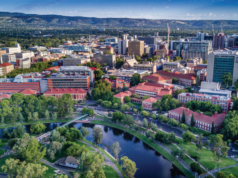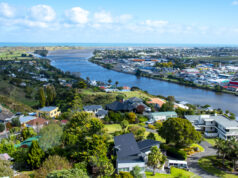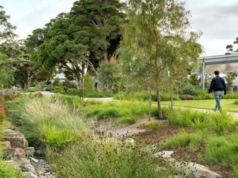By: David Jenkins
The Commonwealth Government is funding a record pipeline of $120 billion worth of infrastructure over the next ten years, but for the nation to get the best value from this investment it needs to be put in the context of effective and sustainable asset management.
This $120 billion will be spent on a combination of flagship nation building projects down to local road upgrades to benefit smaller communities, and in spending all of these funds we need to remember that getting the best value from infrastructure assets is about more than building them and cutting the ribbon at the opening.
At IPWEA, a key part of our mission is to ensure that we have developed the human capital with the right skills and capacity to effectively deliver these projects. Infrastructure is not just about concrete, there is a critical human element which is often overlooked and which needs to be invested in alongside of physical assets.
A critical skill for these asset managers is the sustainable management of these assets throughout their lifecycle. This requires rigorous planning around maintenance and a forward looking plan on repair and ultimately replacement.
To achieve this requires education, and not just for asset management professionals but also other stakeholders in government, and also ultimately the consumers of the assets which is the public.
There is little point in creating an architecturally award winning grandstand at a suburban football oval if there is no team to play there and the oval is rarely used, while the same community is crying out for flood mitigation works on the local river.
Any infrastructure spending decision can have an opportunity cost in a road which is not upgraded and allowed to deteriorate, and other vitally needed projects which are unfunded.
Gold plating of trophy assets is one trap, but another – perhaps more subtle – issue is the idea of non-asset solutions and the contribution they can deliver to making sure that overall infrastructure investment is well spent.
One example is the Sydney Harbour Bridge, which is used by around 160,000 cars each day. The bridge has seven lanes, but the direction of several of the lanes is changed through the day depending on the flow of the traffic, either north or southbound.
In this way, the bridge copes with a higher volume of traffic and this has relieved the pressure on the need to add more lanes – or capacity to the existing asset.
I use the Harbour Bridge as an example because it is so iconic, and of course Sydney traffic ultimately increased to the point where the city needed a tunnel, but the idea of reversible lanes to relieve congestion is used throughout the nation as an effective way of getting the best performance out of road assets without necessarily building more.
According to the 2021 National State of the Assets Report, $51 billion worth of Australia’s infrastructure assets are in poor condition – around half of the forward ten year infrastructure investment.
That $51 billion figure is a reminder that our national infrastructure requires ongoing attention and investment. An upgrade to an existing asset can often deliver the same community utility as a new one.
For us to get this right we need a larger cohort of trained and educated engineers well versed in the holistic and sustainable management of our national assets.
If we can achieve that alongside our capital spending, then we’ll get better value out of the $120 billion ten year commitment and the nation as a whole will be better served.














